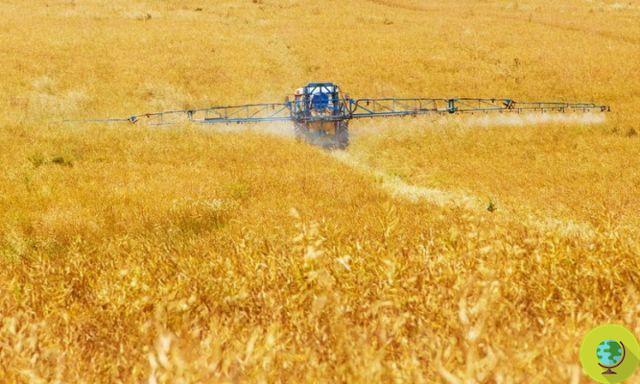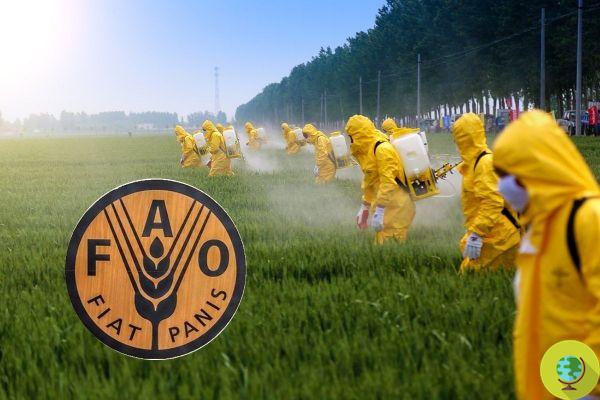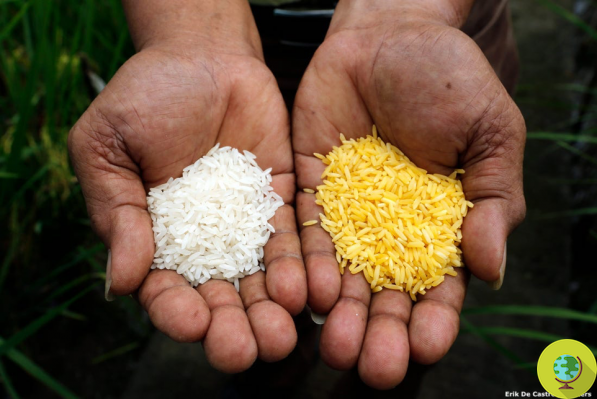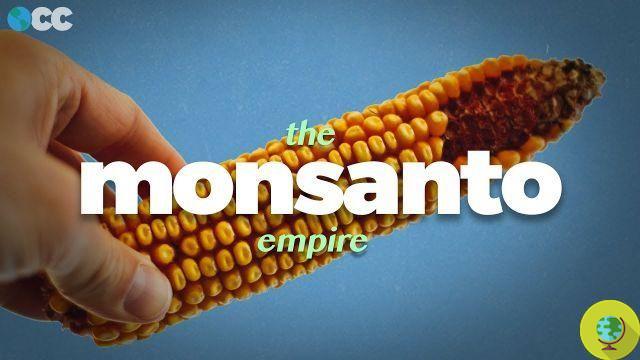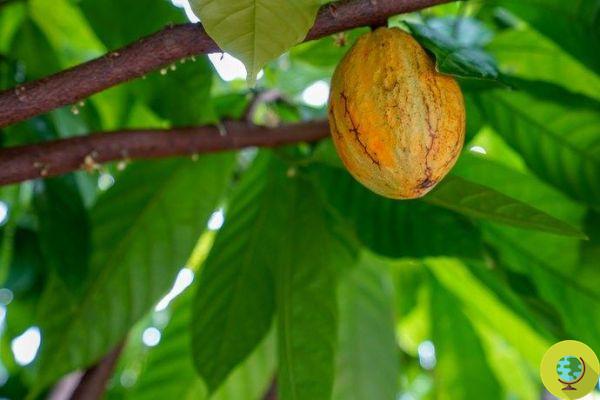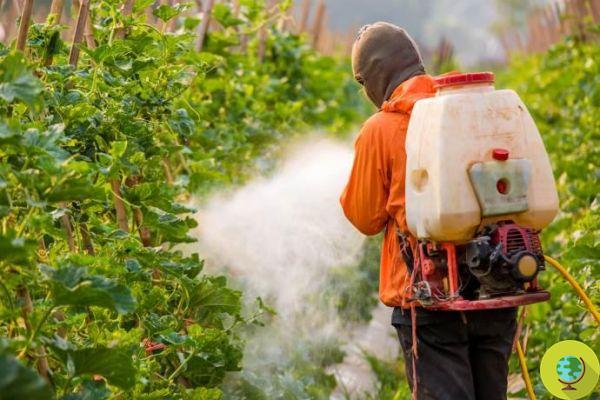
Four farmers from the province of Reggio Emilia were monitored for several months to assess pesticide contamination
He is about to end up run over, his mother saves himThose who work the land are continuously exposed to pesticides used in agriculture and this could have important repercussions for farmers' health.
A research conducted by the Onlus Cancer Prevention Association of Guastalla carried out the "Screening RE.P.-CO.B.RA - Pesticide residues in the farmers of the Bassa Reggiana", to calculate the level of contamination to pesticides in the people most interested and, for this purpose, has monitored a family of four farmers.
The family, made up of a father, mother and two daughters, cultivates about seven hectares of orchards in the province of Reggio Emilia. The four components were monitored for a few months during 2018, voluntarily undergoing laboratory tests to look for residues of five pesticides or their metabolites in the urine: three insecticides – imidachloprid, chlorpyrifos, permetrina – e two herbicides, MCPA and glyphosate.
The tests were carried out before the treatments on the orchard and after 12 and 24 hours after the treatments.
For chlorpyrifos, the only one to have carried out treatments with this insecticide was the father. Although the man wore the required protections, they emerged from the screening very high values of trichlorhydroxypyridinol, the main metabolite of chlorpyrifos, up to 14 times over the limit considered safe, equal to 11,3 μg /.
From the test results, trichlorhydroxypyridinol was also shown to persist for considerable time in the organism: the value remained stable for a week and, after more than four months, it was still double the limits.
The man is affected by some pathologies including rheumatoid arthritis and macular degeneration of the retina, which according to numerous scientific studies are related precisely to the use of pesticides organofosforici come il chlorpyrifos.
even the glyphosate was shown to be absorbed by the body, but in this case the herbicide values were within the limits for all four components. However, the father presented higher levels than his wife and daughters.
The differences found could be due to the method of applying the two pesticides: the glyphosate is in fact sprayed, while the chlorpyrifos is distributed on the crops by atomization.
Atomization involves the use of larger quantities of product that can also be deposited inside the cabin of the vehicles used in the fields, exposing farmers to the substance for several months even after the treatments.
Although the study was carried out on only four people - a very low number - the results of the survey demonstrate the need for raise awareness among farmers and the authorities to provide additional protections for those working in the sector.
Spesso farmers are poorly informed, ignore the fact that the pesticides used can be absorbed by their bodies and are unaware of the risks associated with exposure to pesticides.
To ensure the safety of workers e prevent the onset of diseases linked to the use of pesticides, it would be appropriate to provide for periodic checks for farmers and to increase the protective equipment by law.
The ideal would be decrease the use of pesticides which have amply demonstrated their danger to the health of workers, the environment and final consumers.
Read also:
- Glyphosate increases the risk of breast cancer even in low doses, but the EU will be free to authorize it
- Victory! Europe bans Chlorpyrifos, the insecticide against the Asian bedbug that causes damage to children's brains
- Europe underestimates pesticides too much: the authorizations must be reviewed, the appeal of Generations Futures




